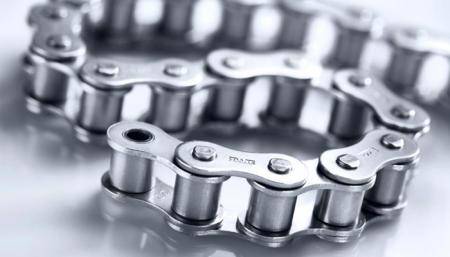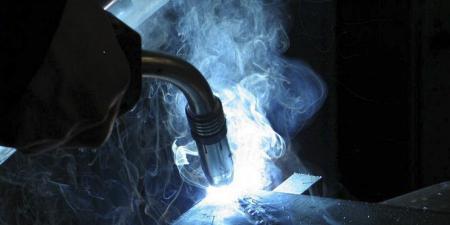

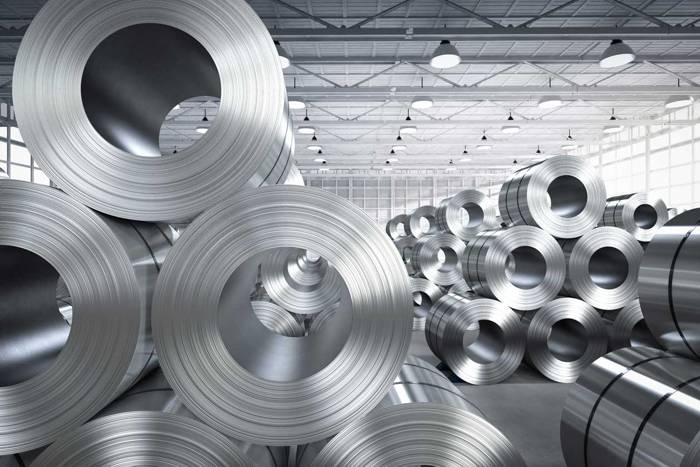
In 1912, the SAE (Society of Automotive Engineers) recognized the urgent need to organize different steels based on their composition. They collaborated with steel producers and consumers to create the first nomenclature for steel composition.
The immense variety of industrial applications and the complexity of the topic led to the subsequent creation of the AISI (American Iron and Steel Institute).
This system classifies steel using four digits:
Steel is an alloy of iron with a variable carbon content ranging from 0.03% to 2.14% by mass.
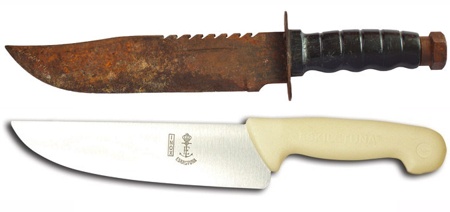
Why Doesn’t It Rust? In 1913, English metallurgist Harry Brearley discovered that alloying steel with a significant amount of chromium produced a shiny aesthetic finish and excellent resistance to oxidation, increasing the durability of objects made from this material. Later, alloys with other metals such as aluminum, manganese, nickel, or molybdenum were developed, offering similar anti-corrosion properties but with different mechanical and thermodynamic characteristics.
Based on a specific grade: AISI 420 for martensitic steels; AISI 430 for ferritic steels; AISI 304 and AISI 316 for austenitic steels; and AISI 201 and AISI 202 for duplex steels. By modifying one or more alloying elements, different grades within the same group can be obtained to enhance certain properties and/or applications.
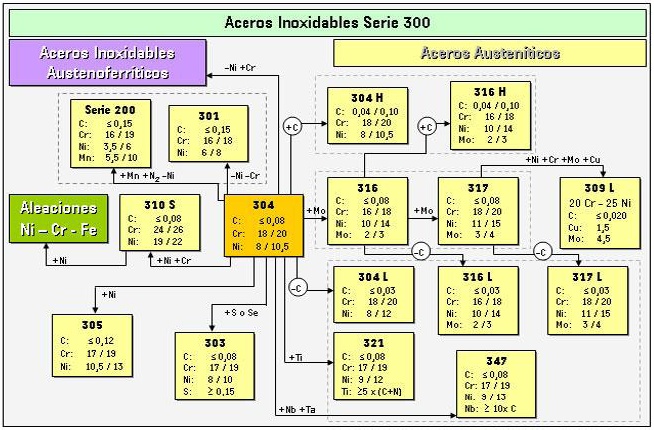
This chart highlights the 200 series, an alternative to the classic AISI 304 stainless steel that is revolutionizing the metallurgical market. These are 200 Series Stainless Steels, with nickel content ranging from 1% to 4%, combined with chromium-manganese alloys.
In today’s context, where nickel prices are rising unpredictably, the cost of stainless steels has increased significantly, impacting the profitability of manufacturers of cookware, appliances, industrial installations, construction, and other sectors where stainless steel is widely used.
This is where alternatives that maintain quality and performance while reducing costs become essential. This is the premise of the 200 series stainless steels.
Stainless steel is valued for its resistance to oxidation, hardness, hygiene, and aesthetic finish. The 200 series, which has been underutilized until now, retains the same properties as AISI 304 (also known as 18/8):
The technical basis of these new stainless steels is the combination of Nickel (Ni), Chromium (Cr), and Manganese (Mn). Additionally, these alloys are refined with Copper (Cu) and Nitrogen (N) to achieve materials with optimal properties. The result is a stainless steel that is over 30% cheaper than current costs.
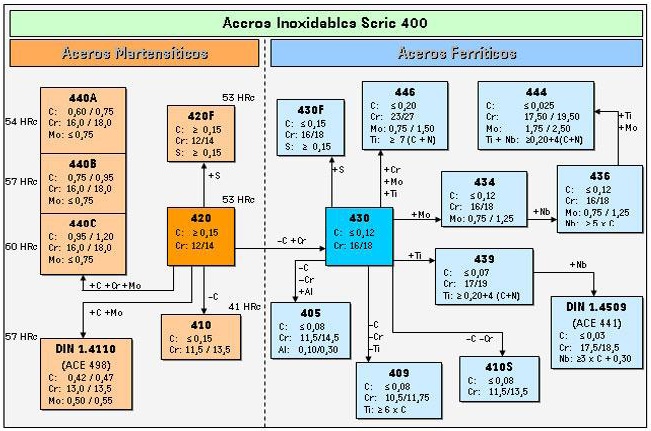
The values are shown as a percentage (%) by mass.
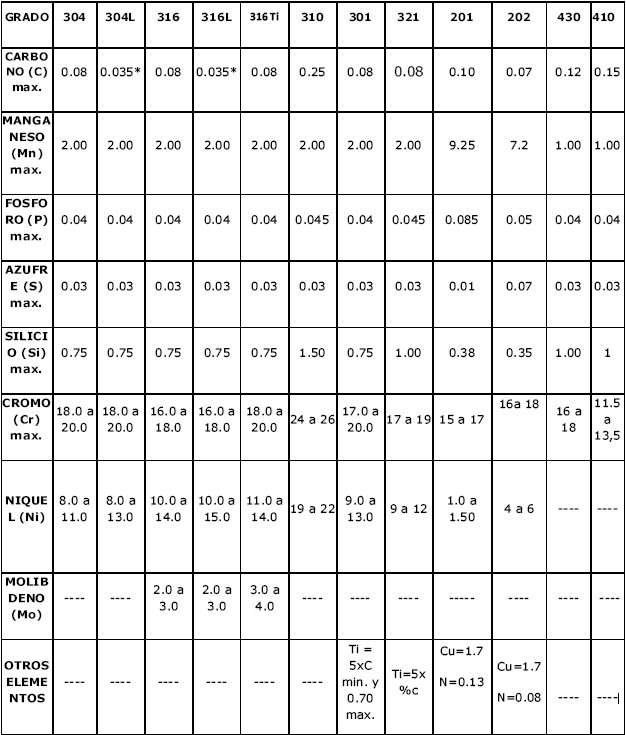
AISI 201 /J4: Known as a substitute for 304 steel but with lower nickel levels. Commonly used in household appliances, ornamental items, stairs, furniture, automotive structures, or other structural applications (due to its hardness) with limited corrosion exposure. Nickel content is 1.00 – 4.00.
Its low nickel content is compensated by the improved contribution of its four components: Carbon, Manganese, Copper, and Nitrogen.
AISI 202 /JSL AUS: Also known as a substitute for 304 steel, with a higher nickel content than 201. Used in household appliances, ornamental items, stairs, hooks, deep-drawn products, or other applications with limited corrosion exposure. Nickel content is 4.00 - 6.00.
Due to its identical mechanical response to the classic AISI 304, it is the best candidate to replace it in various applications.
AISI 301: Used for structural purposes; conveyor belts; household appliances; hardware; diaphragms; automotive ornaments; transportation equipment; aircraft; pole hardware; fasteners (clips, closures, cases); high-strength structural assemblies required in airplanes, automobiles, trucks, and railway cars.
AISI 304: Household appliances; structural purposes; equipment for the chemical and naval industries; pharmaceutical industry; textile and paper industry; oil refineries; heat exchangers; valves and pipe fittings; refrigeration industry; cryogenic installations; beer storage tanks; dairy and corn flour equipment; steam pipes; soda storage facilities.
AISI 304L: Used when a lower carbon proportion than type 301 is needed to restrict carbide precipitation resulting from welding, especially when parts cannot undergo heat treatment after welding.
Applications include coatings for coal hoppers; liquid fertilizer spray tanks; tomato paste storage tanks; and railway cars.
AISI 310: Refractory steel for high-temperature applications such as air heaters, annealing boxes, drying stoves, boiler shields, smelting furnaces, supports and gates for furnaces, heat exchangers, turbine components, and other uses where the material is exposed to relatively high temperatures.
AISI 316: Components requiring high resistance to localized corrosion, such as equipment for the chemical, pharmaceutical, textile, petroleum, paper, cellulose, rubber, nylon, and ink industries.
Also used in various parts and components for naval construction, cryogenic equipment, fermentation tanks, and surgical instruments.
AISI 316L: Components requiring high resistance to localized corrosion and when a lower carbon proportion than type 304 is needed to restrict carbide precipitation resulting from welding, especially when parts cannot undergo heat treatment after welding.
AISI 316Ti: Offers better temperature resistance and higher mechanical strength than 316L. Used in equipment for chemical and petrochemical industries.
AISI 420: Valves, pumps, screws and locks, heating pipes, ironing boards, cutlery (knives, pocket knives, etc.), measuring instruments, sieves, mining machines, and hand tools such as wrenches.
AISI 430: Household utensils, coins, washing machines, nameplates, heaters, reflectors, batteries, cutlery (forks and spoons), automotive ornaments, and diesel engine combustion chamber linings.

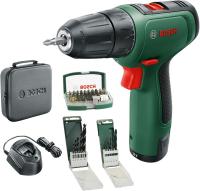
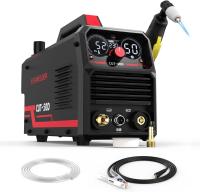
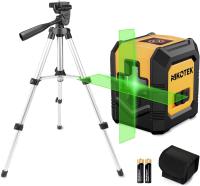
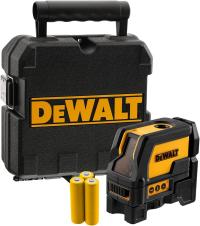
They are already part of the Job Board

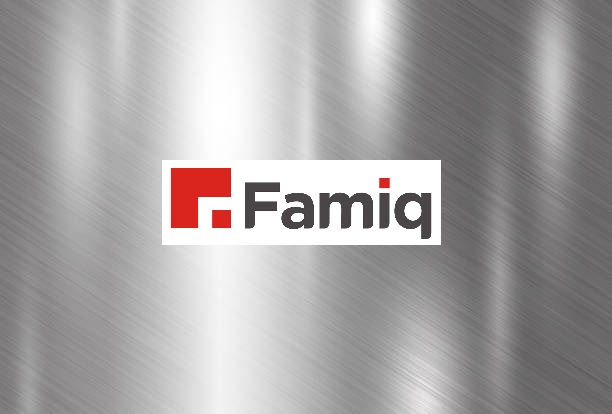

Relacionados:
